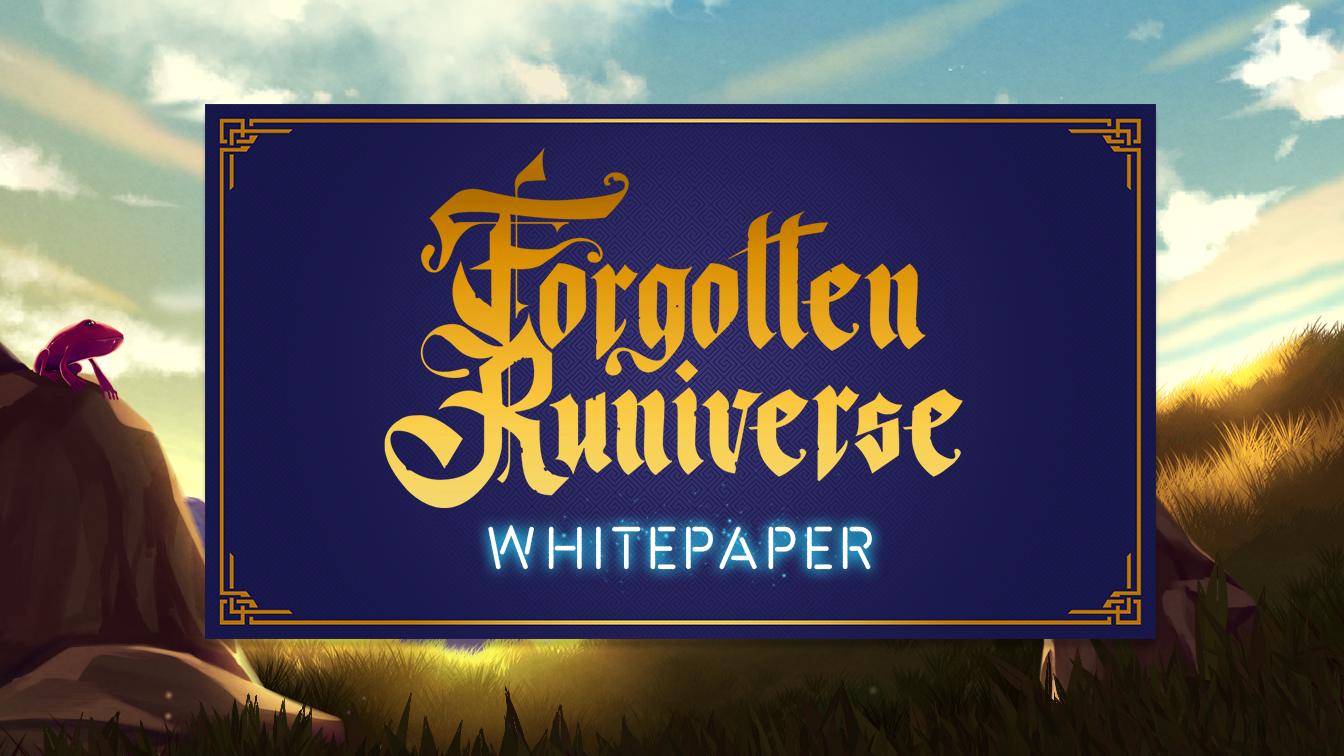Crafting in Forgotten Runiverse
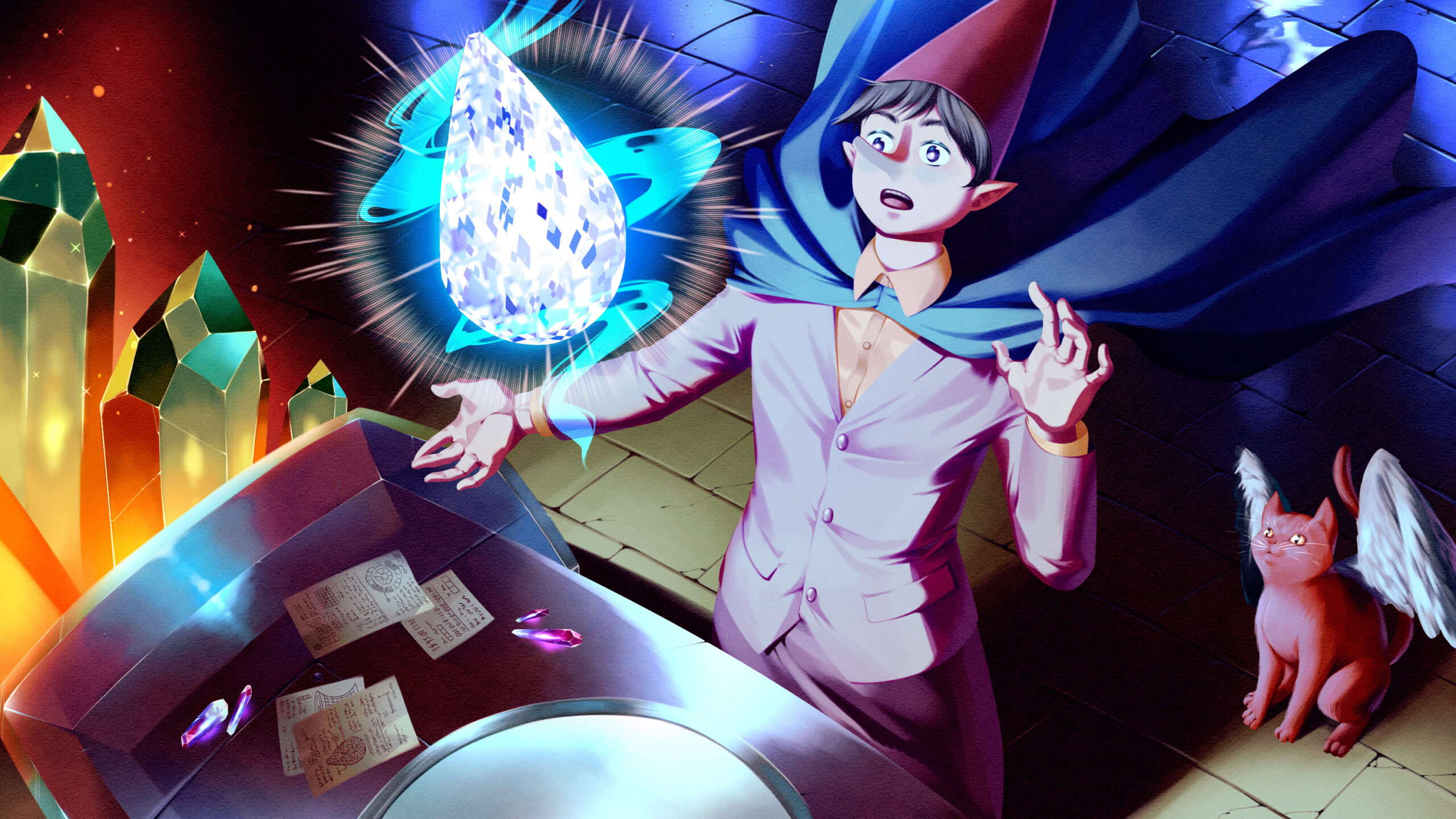
Crafting is an essential part of the Forgotten Runiverse and helps to form the backbone for our Create-to-Earn philosophy. Every item you create is unique and can be minted to the blockchain. Read on to learn a bit about how crafting will work in the full game. As always, the game is in development and while the below lays out our current plans, game design and art are subject to change.
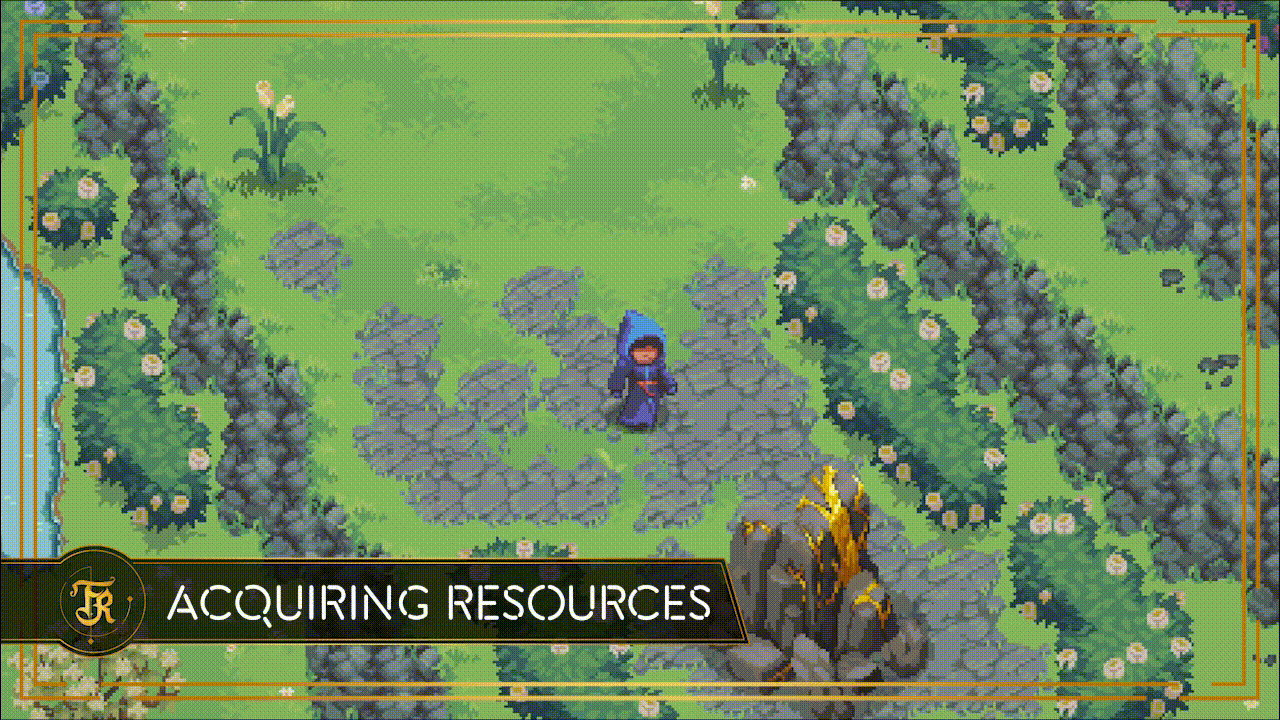
Acquiring Resources
Creating something new requires inputs, sort of like a chemistry formula. The inputs you use and the tools you use to compute your formula will define the output. For crafting in Forgotten Runiverse, the inputs you’ll need are a Recipe, Crafting Building, Currency, and Materials – both physical and spiritual as well as potentially Mana. You’ll use a recipe and crafting building as your tools, along with your character’s skill (or level) to combine those materials and create your unique output.
The first part of crafting is gathering resources. There are two basic types of materials in the Runiverse: physical materials gathered from the world and spiritual materials gathered from its inhabitants. Everything you can craft in the Runiverse requires at least one physical and one spiritual material, so it’s imperative that you gather both.
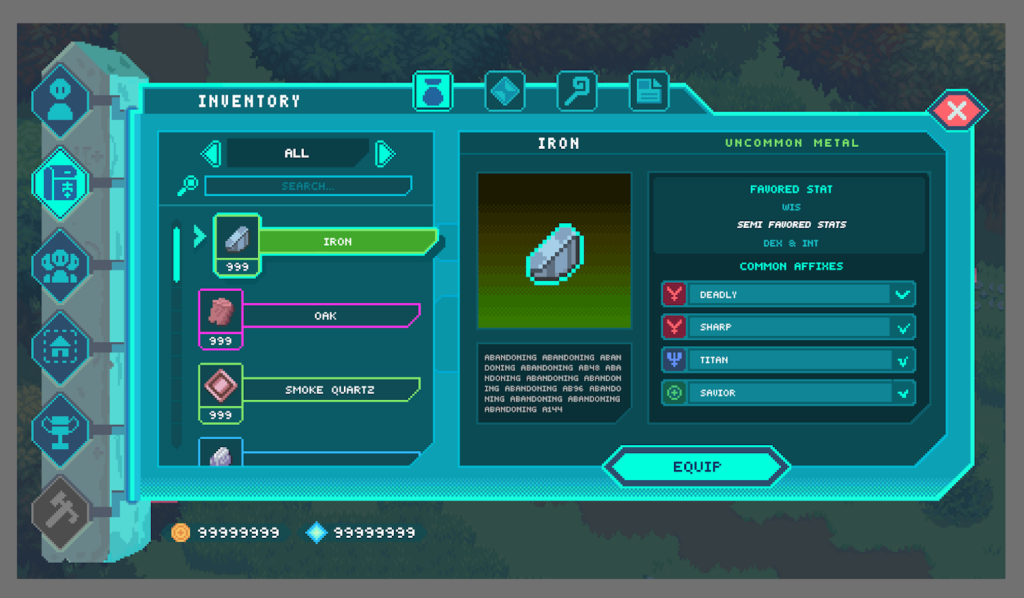
Physical materials come in two categories: common and rare. Each material is linked to a certain Wizard color and has unique impacts on crafting, forging, and enchanting. Common materials can be easily found in player owned plots. Examples of common materials are redwood, copper, limestone, quartz, calcium, and cotton. Metals can be converted into stronger alloys in an upgraded forge. The best way to harvest common materials is to build a gathering station on your plot to uncover the treasures hidden below the surface. Common materials in the wild are harder to come across because they don’t have a precise spawn pattern.
Rare materials, on the other hand, can only be found in the wild. There are shared gathering stations throughout the world specific to each of the six types of physical materials – there are gathering stations specifically for wood, metals, gems, fabrics, stones, and elements.
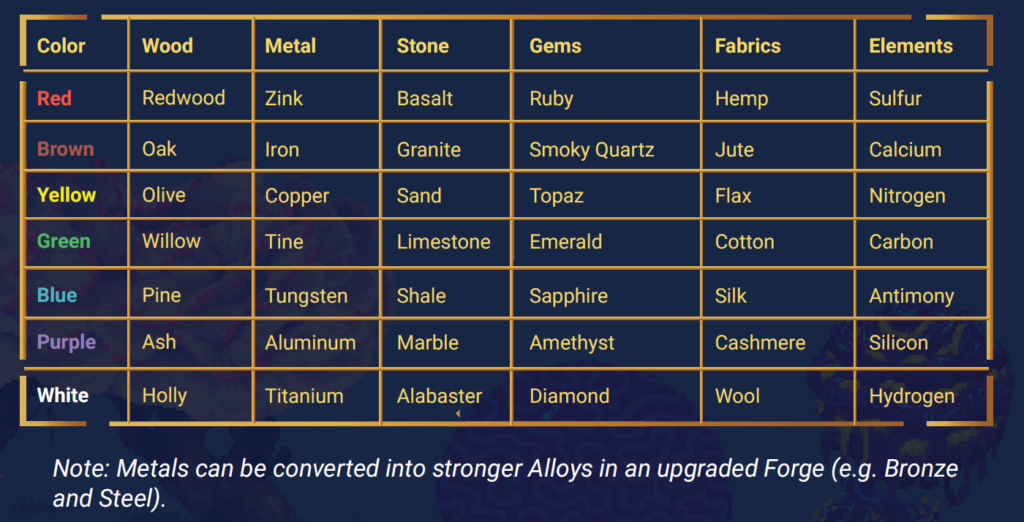
Spiritual materials can only be acquired through combat and are divided into six families – souls, embers, visions, fears, instincts, and humours – that correlate with the families of enemies you’ll come across. When you defeat an enemy they’ll have a chance to drop spiritual material.
Materials can also be acquired by trading with other players so if fighting isn’t your thing but you need spiritual materials, you can always trade with someone who enjoys fighting more than gathering.
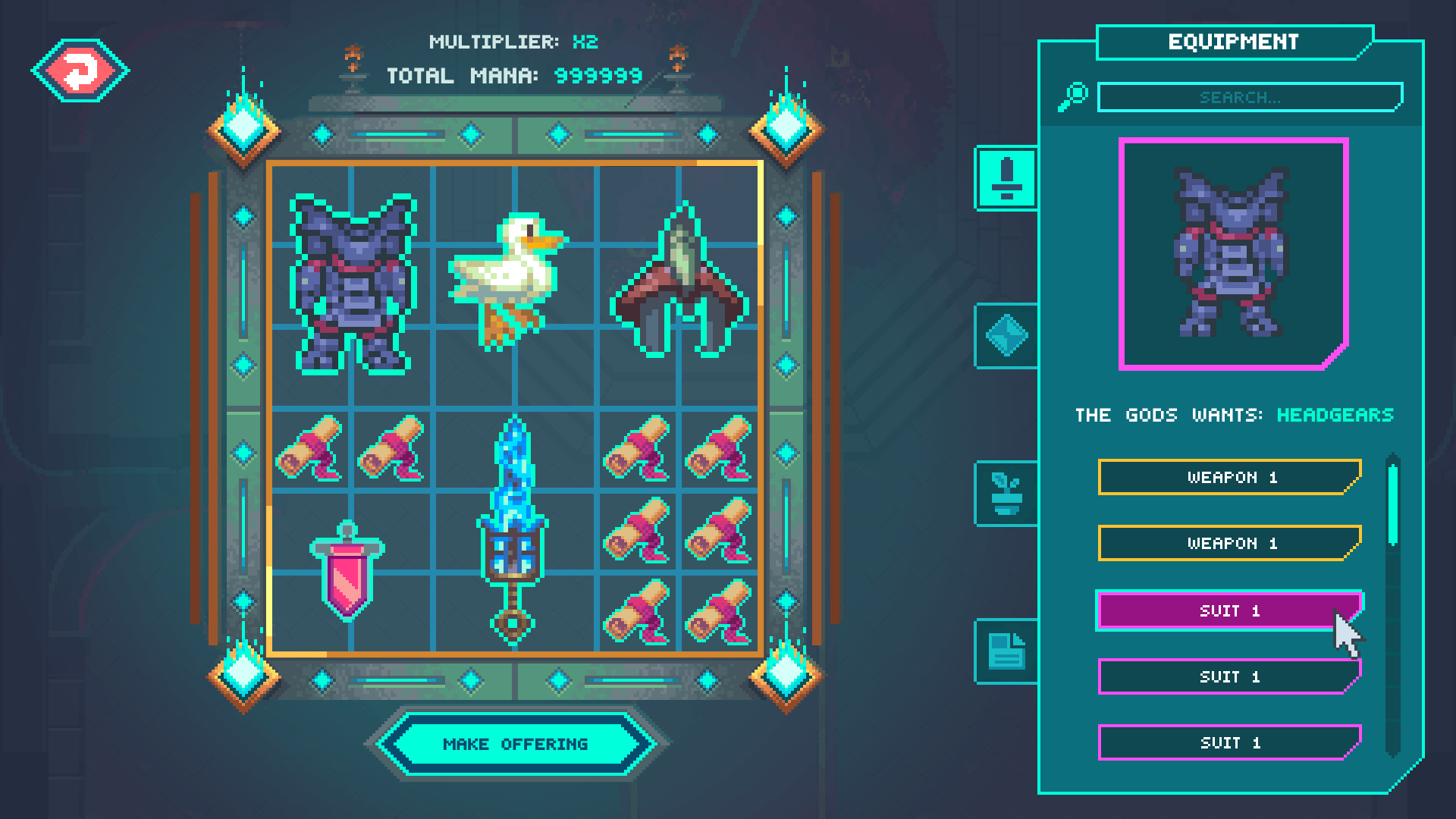
There is also another type of resource called Mana. Mana is the result of creativity in the world – it can be acquired by offering (destroying) a created item at the Temple and releasing the magic held within. You can offer any crafted item, but the rarer and higher tiered the item is, the more mana you’ll receive. When creating new items, you’ll be able to infuse them with Mana to improve the odds of a good outcome.
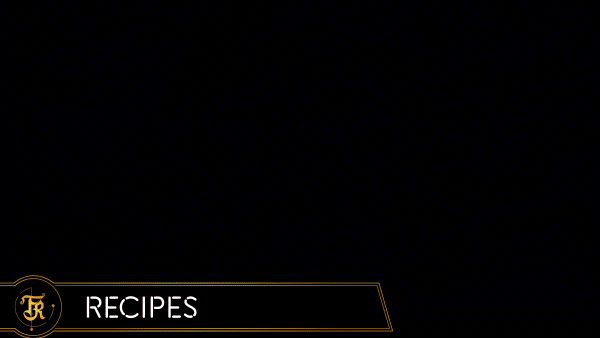
Recipes
You’ll need a recipe for everything you craft and that recipe will tell you which materials are required to make the item. You’ll find recipes for crafting memory crystals to increase stats and grant abilities, equipment to amplify the memory crystals, and decorations that can be applied to buildings and land plots. You will earn recipes in three different ways: through combat, by exploring in the wild, and during events. The rarest recipes will drop from complex quests, from boss enemies, and from special events.
Recipes are the most important things you can get in the Runiverse. These recipes can be used in mage workshops, ateliers, and forges. In order to use a recipe to craft, you need to scribe it into a building – aka teach that building the recipe. Once you scribe a recipe into a specific building, other players can use that recipe as well. Some recipes are rare… you have to first find the recipe, which is difficult, and then you have to find the correct materials to craft it with.
Once you get a recipe, you have a few choices. You can trade your recipe with other players, offer it at a Temple to earn mana (the most valuable resource in the game), or inscribe it into a forge, mage workshop, or atelier. If you go to inscribe a recipe in a forge or atelier and that particular recipe has already been inscribed there, you can inscribe it again to improve the already inscribed recipe and improve the potential for a good outcome when a player uses the recipe. You can also inscribe it in another building in the world that doesn’t already have that recipe.
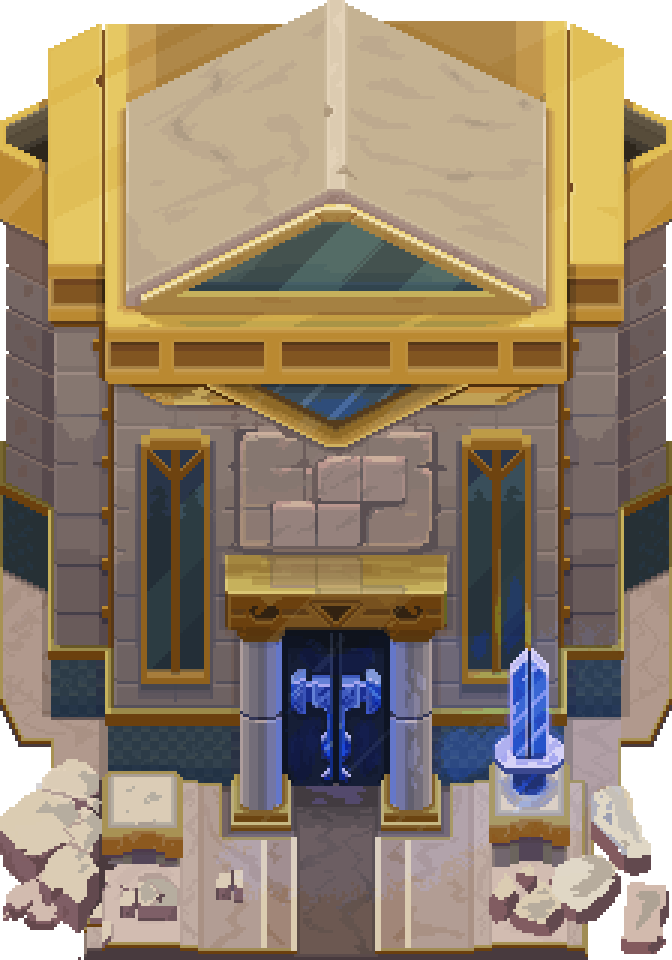

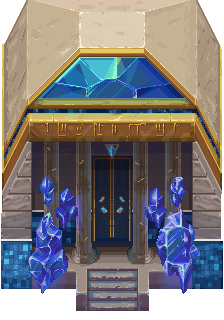
Forges, Ateliers, and Mage Workshops
Ateliers are where you go to decorate houses and buildings; forges are where you go to craft equipment and cosmetic items that compliment your stats by passively empowering memory crystals; and mage workshops are where you can enchant memory crystals, which provide stat bonuses and abilities.

Inside of every forge and atelier you’ll find a recipe book that shows all the recipes that can be added or ‘inscribed’ to that particular building as well as what recipes are currently available for use. You can also see which recipes were inscribed by you personally. As long as you have the materials required, you can use recipes that other players have inscribed. You’ll also find all the tools you need there to craft… you just need to bring your own ingredients.
Once you have a recipe, you need to inscribe it in a forge or atelier to be able to use it to craft something. When you inscribe a recipe it gets added to the recipe book of the building.

Forges, ateliers, and mage workshops can be built by players, but there are also some NPC ones throughout the world. When you build one of these buildings, you pick a color path for it. For example, if you build a red forge it only helps red wizards because it only has specialized red recipes. When you teach the building a certain amount of recipes it upgrades to the next level, giving you more valuable items.



The main difference between NPC crafting buildings and private, player-built ones is the recipe levels available from them. NPC buildings act as early-game, low level crafting locations and allow players to create items from only basic materials while player-built buildings can be upgraded to allow for high-level recipes to be crafted there. It will take a community effort to fully maximize the value and recipes in any given building. Players will have to build as a community to progress through the game collectively. For the lower levels you can visit NPC buildings, but if you want to become a powerful wizard, you need to go to a player-built one that has been upgraded.
There will be fewer recipe slots in the player owned buildings than available recipes, so you can only add a finite amount of recipes to the building; however, you can take recipes out and add new ones whenever you’d like. You can also improve recipes by re-inscribing them so it’s a very communal effort to get the best recipes.
Crafting UI
When you go to craft an item, you can mana-infuse it to get better stats or craft it regularly. Either way, once you craft the item you get an affix pool, which is what each material brings to the table.
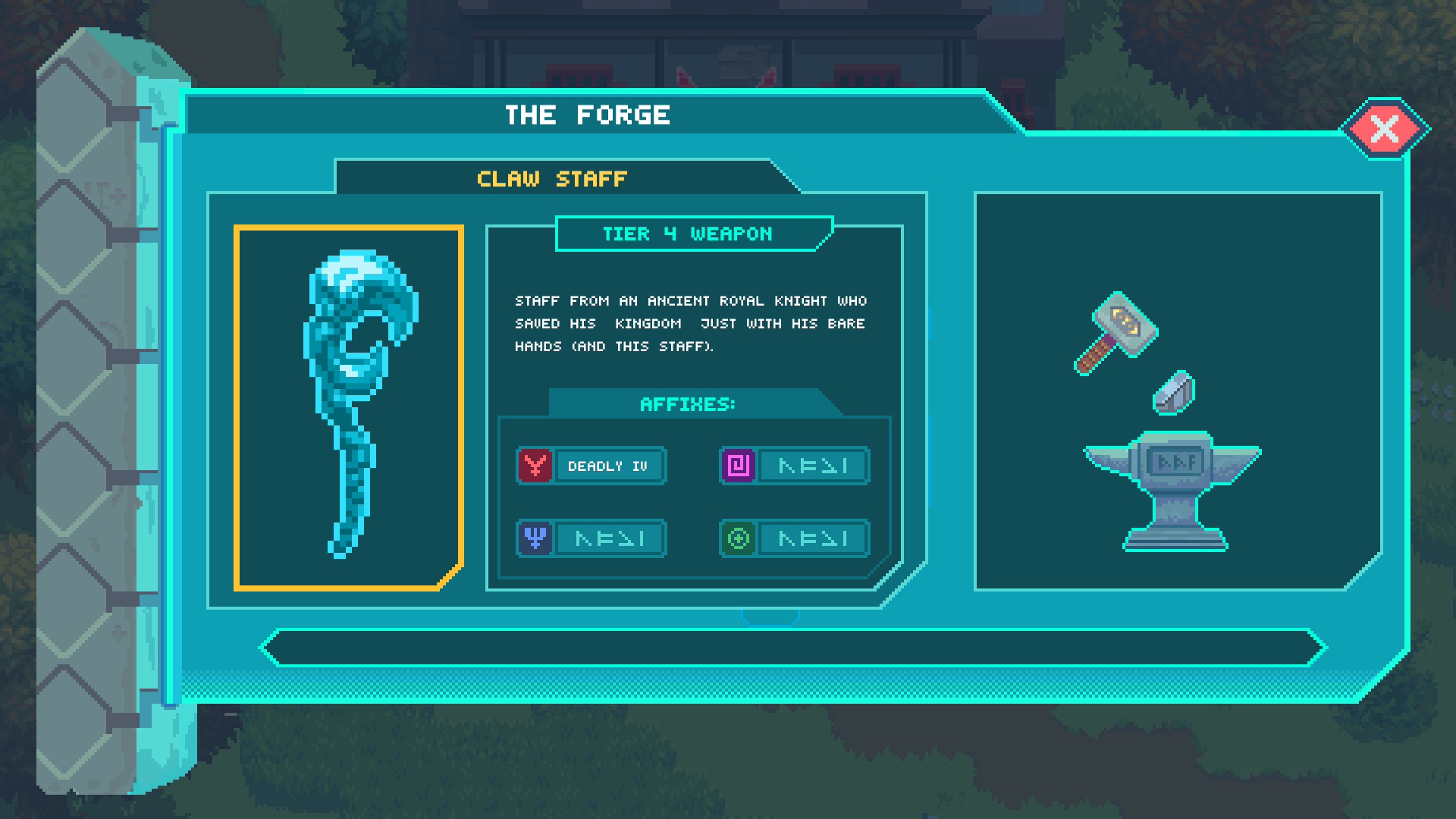
In the final game, the next step will be a mini game where your performance can improve your chances to craft an item with better or even rare affixes. This works in a similar way for crystals. The better you do in the mini game, the better stat bonuses you get. The mini games are only in the forges and mage workshops; there are no mini games in the ateliers so you won’t be crafting any accidental two-legged stools if you very good at the minigames.
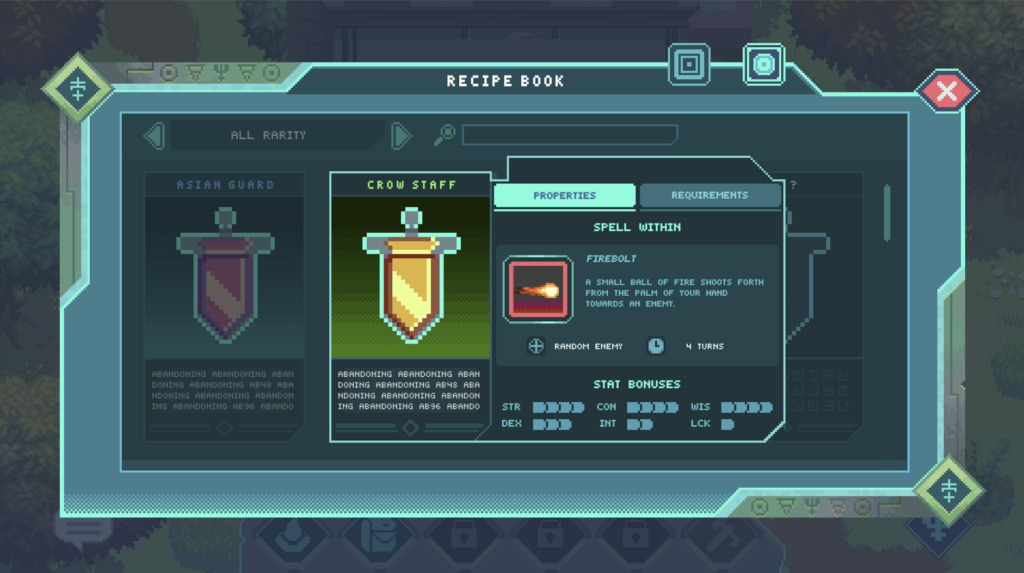
When you arrive in the forge you’ll see a list of available recipes you can utilize. In the mage workshop, you get a list of crystals that tells you which ability that each one grants and which stats they give you.
When you craft a recipe you select the materials you’re going to use. You can see the details of each individual material before you start, but as you begin to make the recipe all of the stats are automatically combined. The final outcome is a unique crystal or item and a list of all its properties, along with the stamp of who created it.
When you look at the UI screen, you’ll see some terminology. Affixes are passive abilities or bonuses that enhance what crystals give you. Equipment boosts the bonuses of your crystals. Properties tell you if it’s an interior or exterior object and if it can be rotated.
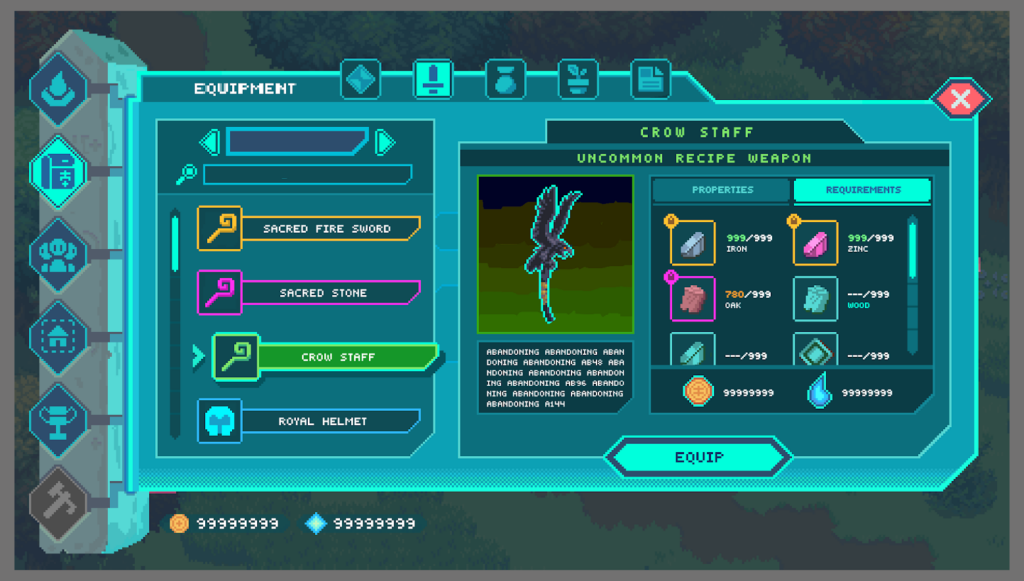
Depending on the recipe and materials you use to create something, you’ll get a pool of potential affixes. The affixes you end up with will be generated from the pool depending on the materials you use and your skill during crafting. These created items are highly variable as the benefits they provide will vary greatly depending on your choices. The color of your final item will also change depending on which materials you use. The final visual appearance of an item will also be able to be changed as your skill increases and you learn how to transmogrify created items.
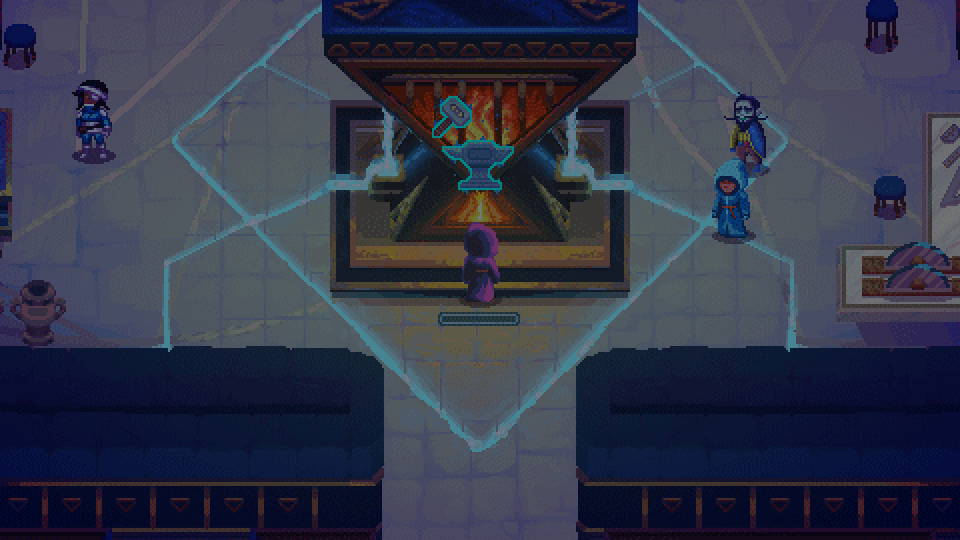
As we move closer to launch, we’ll be able to show off more and more of these features and the types of items you’ll be able to create in-game. In our current internal build, the crafting system is still very much a work in progress and subject to iteration, but we’re excited to show you all more of it as things continue to come together in development!



